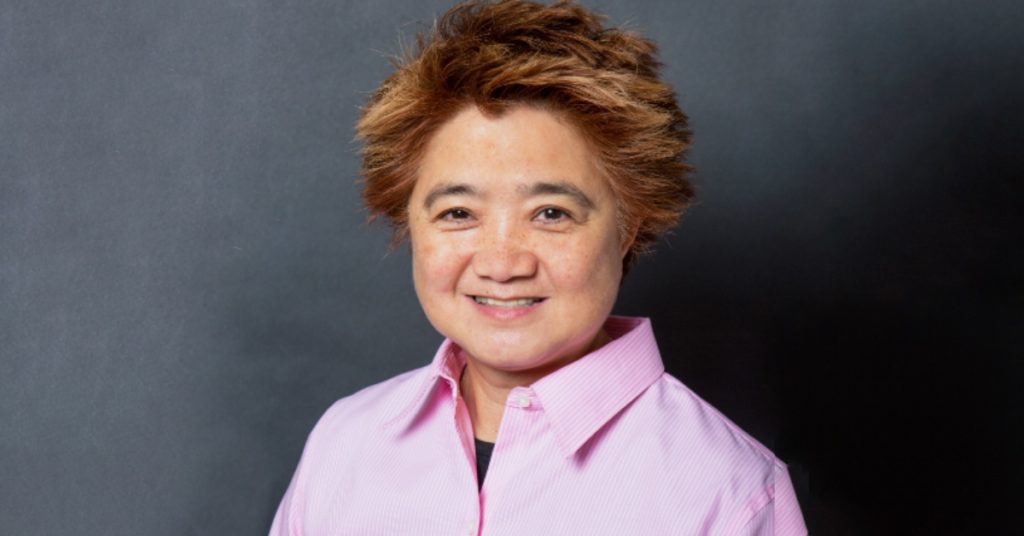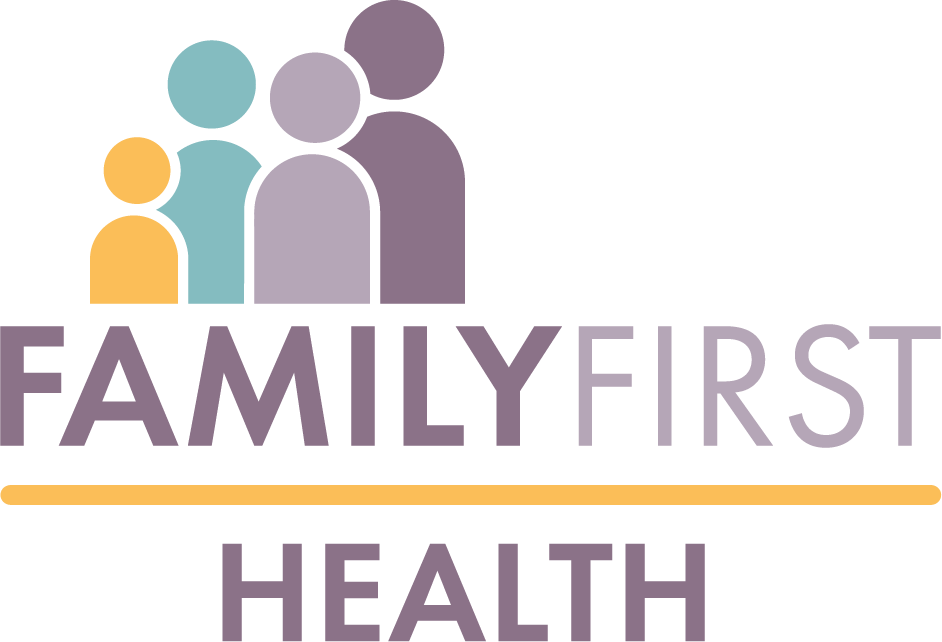
Dr. Asceline Go is an irreplaceable member of our team at Family First Health. She joined us in 1999 as a family practice physician and, fast forward to today, she provides incredible care to underserved HIV patients across our region.
We sat down with our colleague to learn a bit more about how she made her way to Family First Health and how she’s cared for our community ever since.
——-
Q. Tell us where your story began, Dr. Go. What path did you take that eventually led you to Family First Health?
A. My interest in medicine started in the Philippines where I grew up. I received my pre-Medicine degree from the University of the Philippines and then went on to medical school at the St. Louis University. My interest in the U.S., however, actually started before medical school. I was a foreign exchange student in California when I was 15 years old. After receiving my degree in Internal Medicine back home, I came to visit some members of my family who were living in the U.S. At that point, I became convinced that I needed to practice Medicine here.
Q. How did you begin practicing medicine in the U.S.?
A. I did my residency in the Bronx in New York. I happened to be there in the thick of the HIV pandemic and was thrown into intense HIV training. At that time, the training of the care of HIV patients fell on the Family Practice residents. We saw an influx of patients because we were treating such a large population of AIDS patients in the city; however, that training and caring for patients with HIV became a big part of my role as a physician later on.
Q. Going from your residency in the Bronx to serving communities through Family First Health is a pretty big shift. Why did you decide that this was where you wanted to practice?
A. I cared for an underserved group of patients during my residency and when the opportunity to care for another underserved population at Family First Health came to me, I felt connected to the mission. This tied to my goal earlier in life of becoming a “village doctor†and helping those who are marginalized. I found that village in the counties that Family First Health serves.
When I first started at Family First Health, I practiced Family Medicine and did that for 11 years. At that point, I decided that I wanted to start caring for patients with HIV again and include HIV treatment in my practice.
Q. What was it about caring for HIV patients that led you back?
A. Many things but mostly believing in the way Caring Together, our HIV treatment program, was approaching its support of patients with HIV in a comprehensive manner. You have to remember that when the AIDS crisis started, as is COVID-19 currently, the medical community was still learning much about the disease. The practice then was to refer HIV patients to the Infectious Disease specialists. The Caring Together program already existed when I started working at Family First Health in 1999. Our organization was well ahead of its time in recognizing the over-all needs of HIV patients early on and then integrating the care of patients with HIV into Primary Care Medicine.
HIV is not a condition merely for the infectious disease specialists. With the advance of medications and treatment, HIV has become a chronic medical condition wherein patients whose HIV is stable can live for many years. This was not the case 20-30 years ago when we were losing patients to AIDS which is a condition when HIV is not under control causing patients to have many complications that may eventually lead to death.
The care of patients w HIV should be a part of Primary Care. Family First Health knew this 20 years ago. It has taken 20 years for the rest of the country to catch up.
When I see patients with HIV, their HIV may be one of many other conditions they may have such as diabetes, hypertension, heart disease, asthma, tobacco use—-all conditions that are chronic, including HIV. The approach is to treat the patient as a whole individual; a person with medical conditions who needs treatment and care, both clinical and non-clinical such as help with food, housing, transportation.
My residency in the Bronx prepared me for the way I approach and treat the whole patient when I work with someone who is HIV positive. I believe that I was led to the Bronx for a reason. That experience put me on this trajectory and is the reason that I am here and am able to treat our community’s underserved HIV population.
Q. This year we’re celebrating Family First Health’s ‘First 50’. How do you see the work you’re doing and the entire Caring Together program evolving over the organization’s next 50 years?
A. I think that Family First Health will continue to stay ahead of the curve when it comes to community care and in providing quality care to our underserved populations. One example is TeleMedicine. When COVID-19 hit our communities, we were able to adapt fast to the change by using our telehealth service. Prior to this, we were already thinking in the direction of telehealth; but I must admit that COVID-19 is the reason for its rapid implementation during the lockdown when patients could not be seen in the office.
That made a big difference because primary care essentially changed overnight. Telehealth made it possible for us to treat patients remotely; making sure that they were taking their medications and keeping up with their care; reminding them of COVID-19 precautions; checking if they have enough food or need food assistance.
Family First Health was already ahead of its time by taking care of our community’s underserved population 50 years ago. We’ll continue to set standards in community health in our next 50 years.
Help Our Caring Together Team
Our ability to serve our community over these First 50 years is thanks to physicians like Dr. Go and all of the providers and staff members at Family First Health. Join us in celebrating our First 50 and support us as we continue to share our story and care for our community. Click below to make a donation and help us continue to provide high-quality health care services over the next 50 years!
